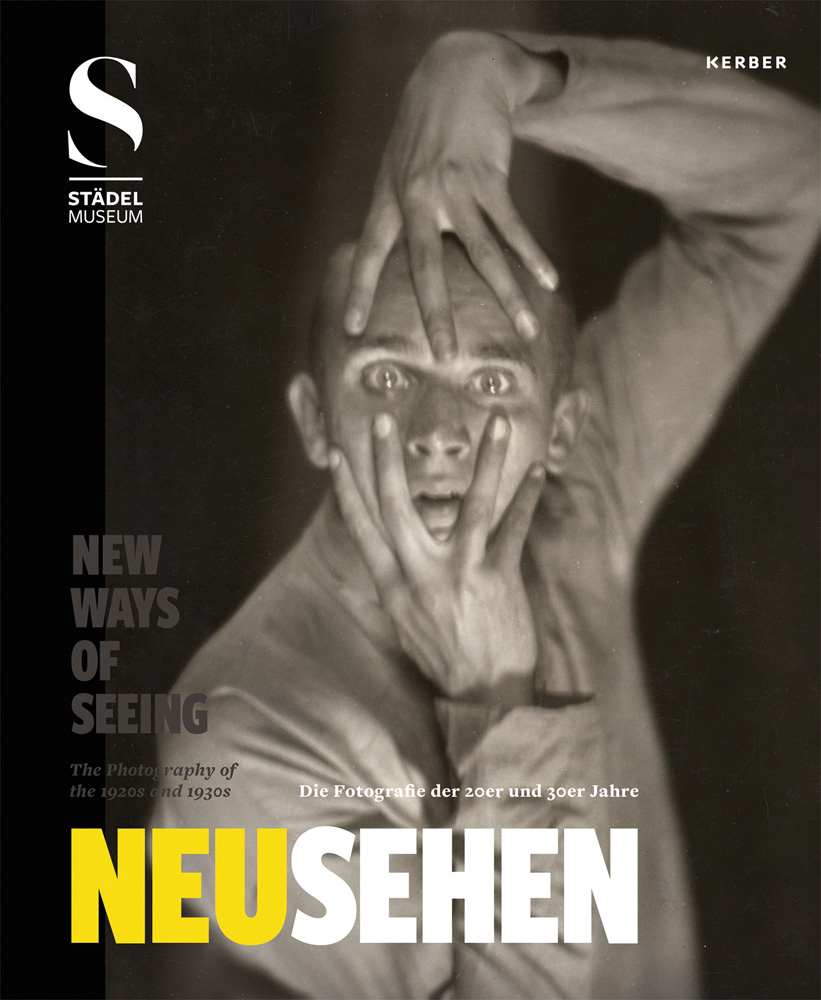
New Ways of Seeing – Städel Museum, Germany
30 Jun — 24 Oct 2021
The photography of the 1920s and ’30s bore a considerable influence on the art world and everyday life alike. The exhibition takes as its point of departure the establishment of photography in technical and art academy curricula. From there, it fans out to explore many different areas of application – from the use of the medium in advertising and the press to its political functionalization –, thus also shedding light on photography’s instrumental character.
About the Exhibition
The Weimar Republic (1918–1933) was an era of great innovation in modern photography. There was a growing demand for press and advertising images—and numerous photographers to cater to it. Their works also appeared in elaborate photo books they published on their own initiative. One catalyst for these developments was the advent of the 35mm camera in the 1920s, an invention permitting unprecedented freedom of movement. Unusual perspectives, steep-angled views from above and below, and close-ups of details testify to a new enthusiasm for photographic experimentation. This modern aesthetic came to be known as Neues Sehen (New Ways of Seeing), a catchword that can be understood as a call for a new visual approach on the part of the photographer and the viewer alike. Pictorial language now became clearer, more direct, and in many cases more linear. In its matter-of-fact rigour it corresponded to the needs of a society that, after the disaster of World War I, had come to favour realistic depiction.
From 30 June to 24 October 2021, the Städel Museum will shed light on modern photography’s wide-ranging trends. In an introduction and seven theme-oriented sections, the exhibition “New Ways of Seeing: The Photography of the 1920s and ’30s” will convey an impression of the medium’s various uses in the interwar period. Some of the works on view will also offer visual presentiments of the 1930s, in which the Nazis increasingly instrumentalized photography as a means of communication for political propaganda purposes. The show’s themes will encompass photography’s establishment at vocational training institutes and art academies, photographic illustration and photojournalism, the employment of photography in science and research, portrait photography, and the use of the medium in advertising, industry, and political propaganda. Historical magazines, photo books, and posters will supplement the works on view.
Curator: Kristina Lemke (Head of Photography from Modernism to the Present)
Supported by: FAZIT-STIFTUNG, Alfried Krupp von Bohlen und Halbach-Stiftung, Dr. Hans Feith und Dr. Elisabeth Feith-Stiftung
Please log-in or create an account to see your recent items.